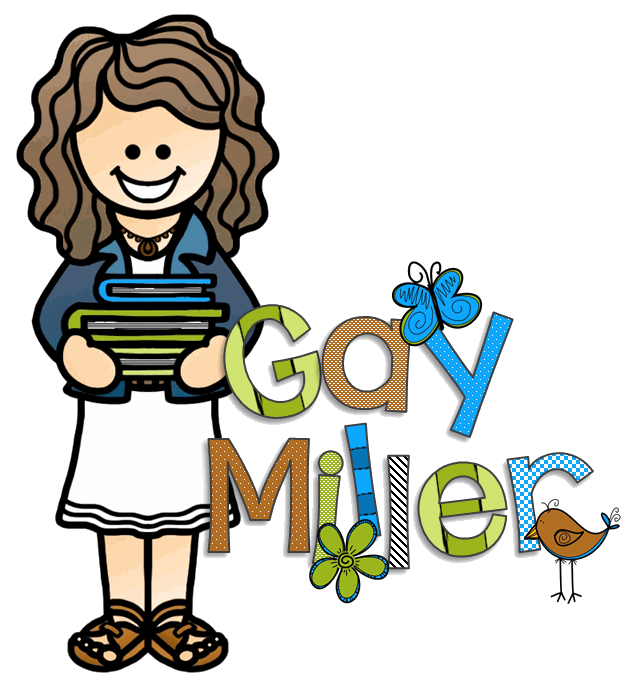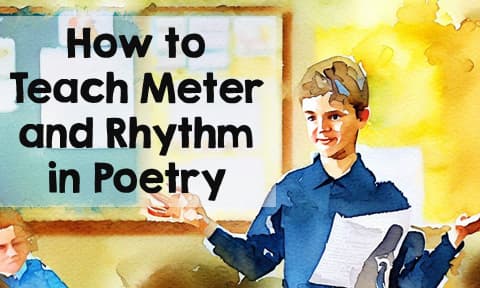
Teaching poetry can feel intimidating— especially when words like iambic tetrameter start flying around. But rhythm and meter aren’t just for English majors. When taught with the right tools and a little creativity, these concepts can actually be fun—and even make your classroom sound like a (slightly more organized) poetry jam session.
This is the third installment in our How to Teach Structure Across Literary Genres series, where we explore the unique ways stories, plays, and poems are built—and how understanding that structure helps students become more confident readers and writers.
This post includes ideas, links, and printables to help you bring meter and rhythm to life for upper elementary students.
Start by grabbing the handout—it includes everything you need to get started, from video links to printable activity cards.
How to Teach Meter and Rhythm in Poetry
Wait… What Are Meter and Rhythm?
Before we dive into activities, let’s break down the basics in kid-friendly terms.
Meter is the pattern of stressed and unstressed syllables in a line of poetry. Think of it as poetry’s beat.
Example: Row, Row, Row Your Boat sounds like da-DUM da-DUM da-DUM.Rhythm is how the poem flows. It’s influenced by the meter, rhyme, punctuation, and tone.
A fast rhythm might feel exciting. A slow one might feel calm—or downright sleepy.
These sound patterns do more than make poems rhyme—they set the mood, help convey the meaning, and make the words stick. For example, a poem with a slow and steady rhythm may convey a sense of calmness or seriousness, while a fast and irregular rhythm may bring a sense of excitement or chaos.
Teaching Meter and Rhythm in Poetry Lesson
 Activity #1: Hook Them with Humor
Activity #1: Hook Them with Humor
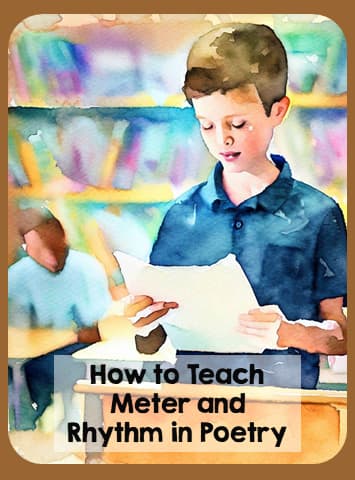
Start your lesson with a laugh by showing this humorous video clip of Carol Burnett and Jim Nabors singing “Row, Row, Row Your Boat” as a round. A round is a musical form where different singers start the same song at different times, creating harmony.
Then ask:
What words were stressed?
Was the tempo slow or fast?
How did the rhythm make you feel?
Students may notice that the “bouncy” pattern actually mimics a boat bobbing down a stream—exactly what we want them to hear. (But don’t overanalyze it just yet—we’ll return to this song in a later activity.)

 Activity #2: Video Lesson
Activity #2: Video Lesson

Have students watch the video lesson that explains meter and rhythm using examples from well-known poems. Give them a copy of the student organizer from the packet to fill out as they follow along. This ensures engagement and gives them something to refer back to during later activities.
📌 Choose the organizer version that fits your class best. Differentiation = teacher magic.

 Activity #3: Analyzing “Row, Row, Row Your Boat”
Activity #3: Analyzing “Row, Row, Row Your Boat”
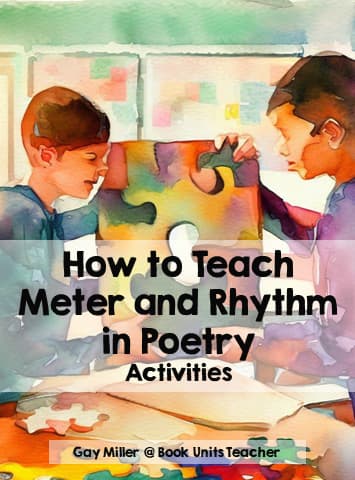
Now that students understand the terms, revisit the song from the hook activity.
Ask them to:
Identify the pattern of stressed and unstressed syllables.
Describe the rhythm in their own words.
Think of another poem or song that has a similar (or totally different) rhythm.
Let them jot their ideas on a sticky note, piece of paper, or digital doc—it doesn’t need to be formal. It just needs to get them thinking.
 Activity #4: Poetry Jigsaw
Activity #4: Poetry Jigsaw

Print the opening lines of eight classic poems—split across two cards each. Give each student (or pair) one card.
Poems included:
- “Stopping by Woods on a Snowy Evening” by Robert Frost
- “The Road Not Taken” by Robert Frost
- “Jabberwocky” by Lewis Carroll
- “If” by Rudyard Kipling
- “The Owl and the Pussycat” by Edward Lear
- “Fire and Ice” by Robert Frost
- “The Tyger” by William Blake
- “Casey at the Bat” by Ernest Lawrence Thayer
Students must circulate to find the card with the matching meter or rhythm. Once matched, partners discuss what they notice about the poem’s flow.
(Warning: This may turn your classroom into a poetry detective agency. And that’s a good thing.)
 Activity #5: Poetry Sorting
Activity #5: Poetry Sorting
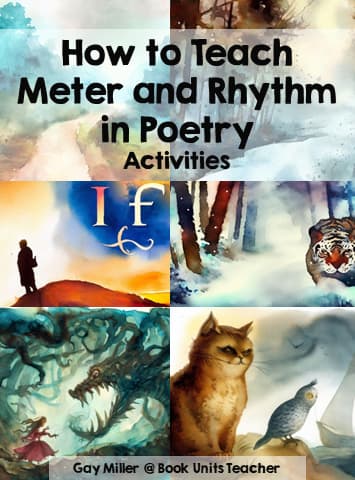
For this activity, you must print out these three sets of cards with four poems each.
The sets are:
- Set 1 – Regular/Irregular
- Set 2 – Fast/Slow
- Set 3 – Simple/Complex
Cut the cards apart and have students work with one set at a time. Have them sort each collection of poems into two stacks based on their meter and rhythm.
By the end of these activities, your students will…
✔️ understand how meter and rhythm shape a poem
✔️ recognize different poetic patterns
✔️ be able to analyze and discuss poetry with confidence
✔️ maybe even like poetry a little more (or at least not groan when it comes up)
Rhythm and meter don’t have to be dull or difficult. When you make them hands-on, visual, and connected to real music and movement, your students will lean in—and maybe even tap along.
Ready to dive in?
Visit all three posts in the How to Teach Structure Across Literary Genres series
Want More Reading Skill Practice?
Build a strong foundation in comprehension with my Reading Skills Bundle. It includes 12 complete units covering:
- Text Structure
- Story Elements
- Main Idea & Details
- Cause & Effect
- Compare & Contrast
- Inference
- And more!
Each unit comes with printables, graphic organizers, and engaging activities that make reading skills stick.
